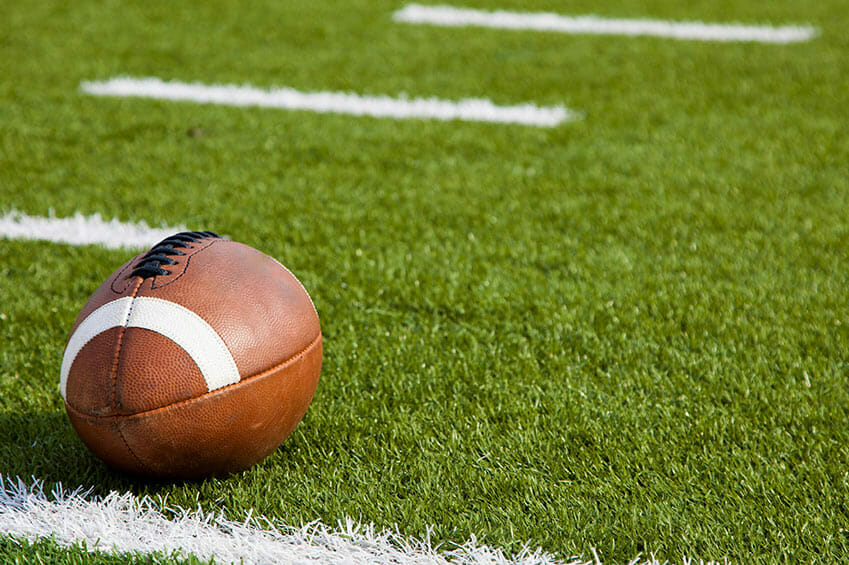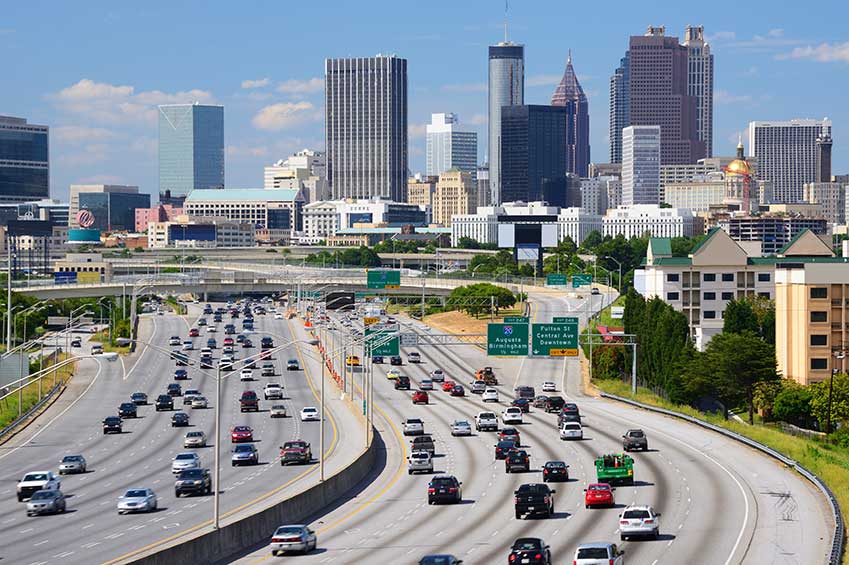
- October 20, 2015
- Attorney David Mann
- Personal Injury
Athletes know that intrinsic in every sport is the risk of getting hurt. Swollen muscles, sprains, strains, dislocations, fractures and concussions happen frequently in sporting contests. Definitely not on the list of common injuries is cancer, but recent headlines have raised concerns that the thousands of artificial turf fields at schools, parks, and stadiums across the country pose an elevated cancer risk.
Gaining in popularity since it was used in the 1960s at the Houston Astrodome, artificial turf is made up of synthetic fibers that are easier to maintain and more durable than natural grass. Infill systems were added as cushioning in the 1990s, and consist of a layer of tiny granules of rubber, sand, or other material between the turf fibers and a backing layer. Crumb rubber infill is made by pulverizing recycled automobile and truck tires, and can contain potentially dangerous chemicals and carcinogens. These tiny black granules easily get trapped in clothing, embedded under fingernails, rubbed into cuts and enter the body through the eyes, ears, or mouth.
A University of Washington women’s soccer coach has been keeping a list of athletes (most of them soccer goalies) who have played on crumb rubber turf and have been diagnosed with various forms of cancer. After a news story aired about the possible connection, the coach’s list doubled to over 60 goalkeepers, 15 of whom have died. While members of the artificial turf industry point out that researchers have found no definitive link between crumb rubber and cancer to date, the federal government has so far refused to say that crumb rubber artificial turf is safe. In fact, both critics and supporters are lobbying federal regulators to take a clear public position.
According to the Environmental Protection Agency (EPA), several chemicals, heavy metals, and carcinogens – including mercury, lead, benzene, and arsenic — have been found in tires. Although the EPA and the Consumer Product Safety Commission (CPSC) previously agreed that the tiny rubber particles in artificial turf were safe, they have since concluded that these findings were based on “limited” studies. While more research is clearly needed, neither the EPA nor the CPSC plans on commissioning future studies of the material. Some proactive communities that don’t want to take the chance that there is a strong association between cancer and exposure to crumb rubber are responding by using alternatives such as plant-based infills made of coconut fiber, cork or rice husks.
If you have any questions about this topic, or if you or a loved one have been diagnosed with cancer after being exposed to synthetic turf, the Macon Macon personal injury attorneys of the Mann Law Firm can review your case and advise you whether you have grounds to seek financial compensation. Call us today at (478) 742-3381 or submit our online form.



 Before leading his own firm, Mann served for several years as in-house defense counsel for a large insurance company, which gives him unique insight into how insurance companies work. He uses this critical knowledge as an advantage for his clients. He is a tough negotiator and litigator, and he is exceptionally strategic in building cases on behalf of personal injury victims.[
Before leading his own firm, Mann served for several years as in-house defense counsel for a large insurance company, which gives him unique insight into how insurance companies work. He uses this critical knowledge as an advantage for his clients. He is a tough negotiator and litigator, and he is exceptionally strategic in building cases on behalf of personal injury victims.[ 